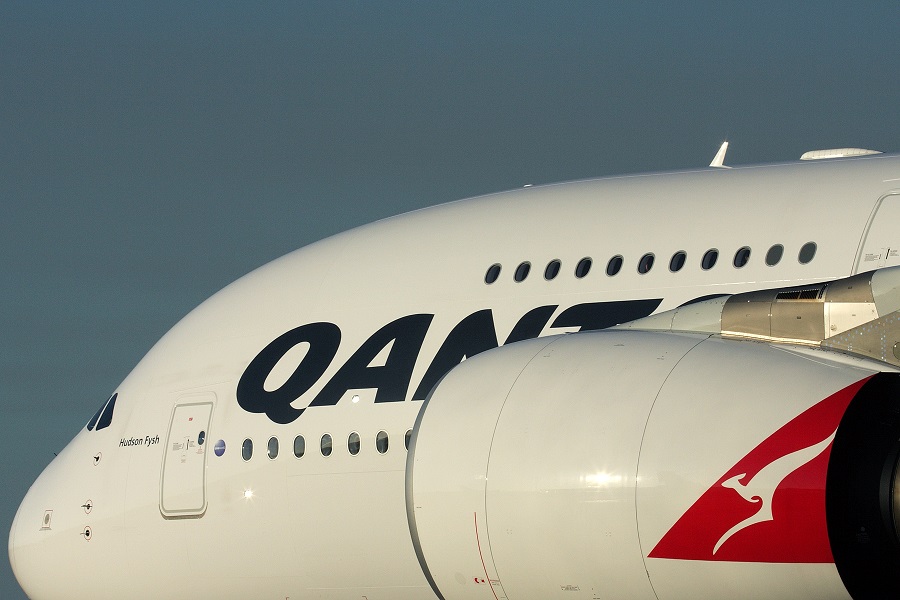Rolls-Royce has in its full-year results for 2018 recorded an exceptional item of £186 million ($247 million) relating to Airbus's decision to end production of the A380, for which the Trent 900 was a power option.
The charge reflects "onerous contracts, tooling write-offs and the acceleration of depreciation and amortisation on associated Trent 900 programme assets", says the engine maker.
Its civil aerospace division incurred a £162 million loss last year, halving 2017's £343 million reverse, on revenue up 12% at £7.38 billion, driven by improved widebody engine pricing and higher sales volumes of spare engines.

Qantas
Deliveries of 686 engines last year represent an increase of three units from 2017. Rolls-Royce says it invoiced for 469 large engines in 2018, and that an additional 11 were shipped to OEMs. It cites "good progress" in reducing large-engine losses, noting that these have fallen to £1.4 million per engine.
The same phrase, "good progress", is used in reference to technical fixes for the Trent 1000. The Rolls-Royce highlights the certification gained for a newly designed Package C compressor blade and the commencement of its roll-out, and the shift of the Trent 1000-TEN from a hard-life to a "less onerous" inspection regime.
Still, the Trent 1000 exceptional charge has increased from £544 million at the half-year stage to £790 million. Rolls-Royce says this reflects a greater-than-anticipated contribution to customer disruption costs.
AOGs "remained at a high level" in 2018's second half, the engine maker admits, citing 34 aircraft on the ground at year-end, up from 18 at the same point in 2017.
Cash costs of £431 million were incurred by the civil aerospace division in 2018. Rolls-Royce expects the Trent 1000's cash impact to be around £450 million in 2019, before declining by at least £100 million in 2020 and "materially thereafter".
The civil aerospace division's negative contract accounting adjustments last year rose by £127 million to £276 million, of which £234 million reflects "the latest information around future aircraft utilisation patterns and the resultant effects on shop-visit cost". Here, there is "a particular impact from mature programmes" on which small changes can have a significant impact on a contract's already-recognised profitability, says Rolls-Royce.
It acknowledges that 2018 was, overall, a "relatively quiet year for orders", but adds: "We expect this to pick up in the next few years driven by replacement cycles of both medium and large widebody aircraft."
Source: Cirium Dashboard


























